Understanding Pub Darts League Standings is key to tracking your team’s progress, celebrating victories, and strategizing for upcoming matches. This article provides a comprehensive guide to deciphering league tables, understanding key metrics, and ultimately, improving your darts game and league experience.
⚠️ Still Using Pen & Paper (or a Chalkboard)?! ⚠️
Step into the future! The Dart Counter App handles all the scoring, suggests checkouts, and tracks your stats automatically. It's easier than you think!
Try the Smart Dart Counter App FREE!Ready for an upgrade? Click above!
Decoding Pub Darts League Standings
Pub Darts League Standings aren’t just a list of names and numbers; they tell a story of triumphs, near misses, and the relentless pursuit of the top spot. Understanding how these standings are compiled and what they represent can provide valuable insights into your team’s performance and the overall dynamics of the league. Let’s break down the key elements.
The most basic elements of a Pub Darts League Standing are:
- Team Name: This is self-explanatory – the identifier for each team participating in the league.
- Matches Played (MP): The total number of matches each team has competed in.
- Matches Won (MW): The number of matches a team has won outright.
- Matches Lost (ML): The number of matches a team has lost.
- Points (Pts): The accumulated points based on wins, draws (if applicable), and potentially other factors like leg wins (more on that later).
While these are the fundamental components, many leagues incorporate additional statistics to provide a more nuanced view of team performance. These might include:
- Legs Won (LW): The number of individual legs (games within a match) a team has won.
- Legs Lost (LL): The number of individual legs a team has lost.
- Leg Difference (LD): Calculated as Legs Won minus Legs Lost. This can be a crucial tie-breaker.
- Average Score Per Dart (APD): A team’s average score with each dart thrown. A higher APD generally indicates better overall skill.
- Highest Checkout: The highest score a team achieved when finishing a leg. This demonstrates a team’s ability to close out games effectively.
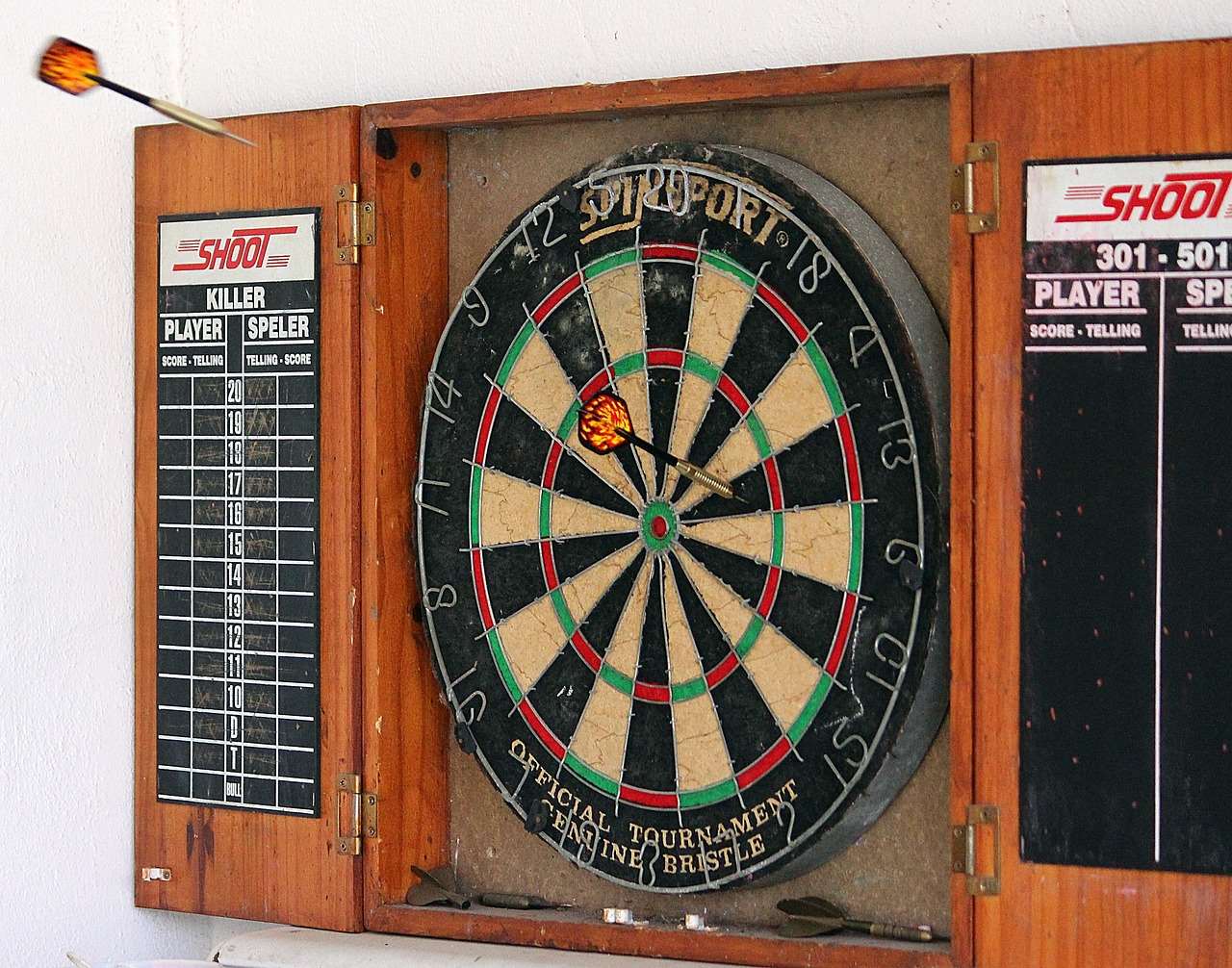
How Points are Awarded in Darts Leagues
The points system is the backbone of any Pub Darts League Standings. While the most common approach is to award points for winning a match, the specifics can vary significantly from league to league. Common variations include:
- Win/Loss Only: Typically, 2 or 3 points are awarded for a win, and 0 for a loss.
- Win/Draw/Loss: Some leagues allow for drawn matches, with points awarded accordingly (e.g., 2 for a win, 1 for a draw, 0 for a loss).
- Points for Legs Won: In addition to points for a match win, teams might earn bonus points for each leg they win within a match. This encourages teams to fight for every leg, even if they’ve already lost the overall match.
Always clarify the specific point system used in your league to accurately interpret the Pub Darts League Standings.
Strategies for Climbing the Pub Darts League Standings
Understanding the Pub Darts League Standings is only half the battle; the real challenge lies in improving your team’s performance and moving up the table. Here are some strategies to help you climb the ranks. Considering factors like best seats at the venue could improve your game, believe it or not.
Improve Your Individual Darts Skills
The foundation of any successful darts team is the skill of its individual players. Focus on improving your consistency, accuracy, and checkout ability.
- Practice Regularly: Consistent practice is key to developing muscle memory and improving your overall game.
- Focus on Your Weaknesses: Identify areas where you struggle (e.g., hitting doubles, scoring consistently) and dedicate extra practice time to those areas.
- Seek Feedback: Ask more experienced players for advice and constructive criticism.
- Analyze Your Game: Track your scores, identify patterns, and look for areas where you can make improvements.
Build a Strong Team Dynamic
A team is more than just the sum of its parts. A strong team dynamic can significantly improve your performance and your enjoyment of the league.
- Communicate Effectively: Clearly communicate your strategies, preferences, and needs to your teammates.
- Support Each Other: Encourage and support your teammates, especially during challenging matches.
- Celebrate Successes: Acknowledge and celebrate your team’s achievements, both big and small.
- Practice Together: Regularly practice as a team to develop synergy and coordination.
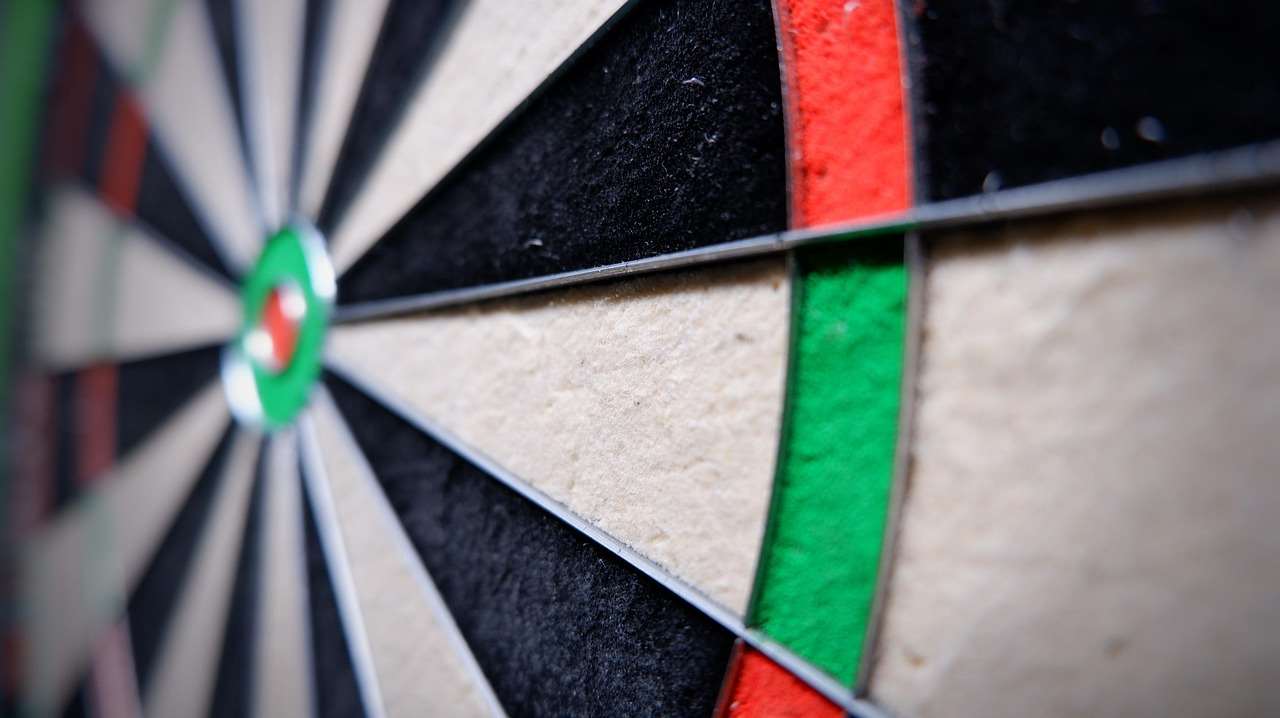
Strategic Match Play
Smart decision-making during matches can be the difference between a win and a loss.
- Understand Your Opponents: Pay attention to your opponents’ strengths and weaknesses. Exploit their weaknesses and avoid playing into their strengths.
- Know When to Take Risks: Be prepared to take calculated risks when necessary, but avoid unnecessary risks that could jeopardize your team’s chances.
- Adapt to the Situation: Be flexible and adaptable. Adjust your strategy based on the current score, your opponent’s play, and the overall dynamics of the match.
Leveraging Data from the Pub Darts League Standings
Don’t just look at the Pub Darts League Standings; analyze them. Use the data to identify trends and make informed decisions. For example:
- Identify Strong Opponents: Focus your preparation on matches against teams that consistently perform well.
- Exploit Weaknesses: Target teams with lower averages or poor leg difference.
- Track Your Own Progress: Monitor your team’s stats over time to identify areas where you’re improving and areas where you need to focus more attention.
The Psychology of Darts and Its Impact on League Performance
Darts, at its core, is as much a mental game as it is a physical one. The ability to remain calm under pressure, focus on the target, and maintain a positive attitude can significantly impact your performance and, consequently, your team’s position in the Pub Darts League Standings. Let’s explore the psychological aspects of darts and how they contribute to success.
Managing Pressure and Anxiety
The pressure of a crucial match or a tight leg can be overwhelming. Learning to manage pressure and anxiety is crucial for consistent performance.
- Deep Breathing Techniques: Practice deep breathing exercises to calm your nerves and reduce anxiety.
- Visualization: Visualize yourself throwing successful darts and achieving your goals.
- Positive Self-Talk: Replace negative thoughts with positive affirmations.
- Focus on the Process: Concentrate on your technique and the task at hand, rather than the outcome of the match.
Maintaining Focus and Concentration
Distractions can easily derail your concentration and negatively impact your accuracy. Develop strategies to maintain focus throughout the match.
- Minimize Distractions: Identify potential distractions and take steps to minimize them (e.g., earplugs, focusing on a specific point on the dartboard).
- Develop a Pre-Throw Routine: Establish a consistent pre-throw routine to help you focus and prepare for each dart.
- Take Breaks: Step away from the board between legs to clear your head and refocus.
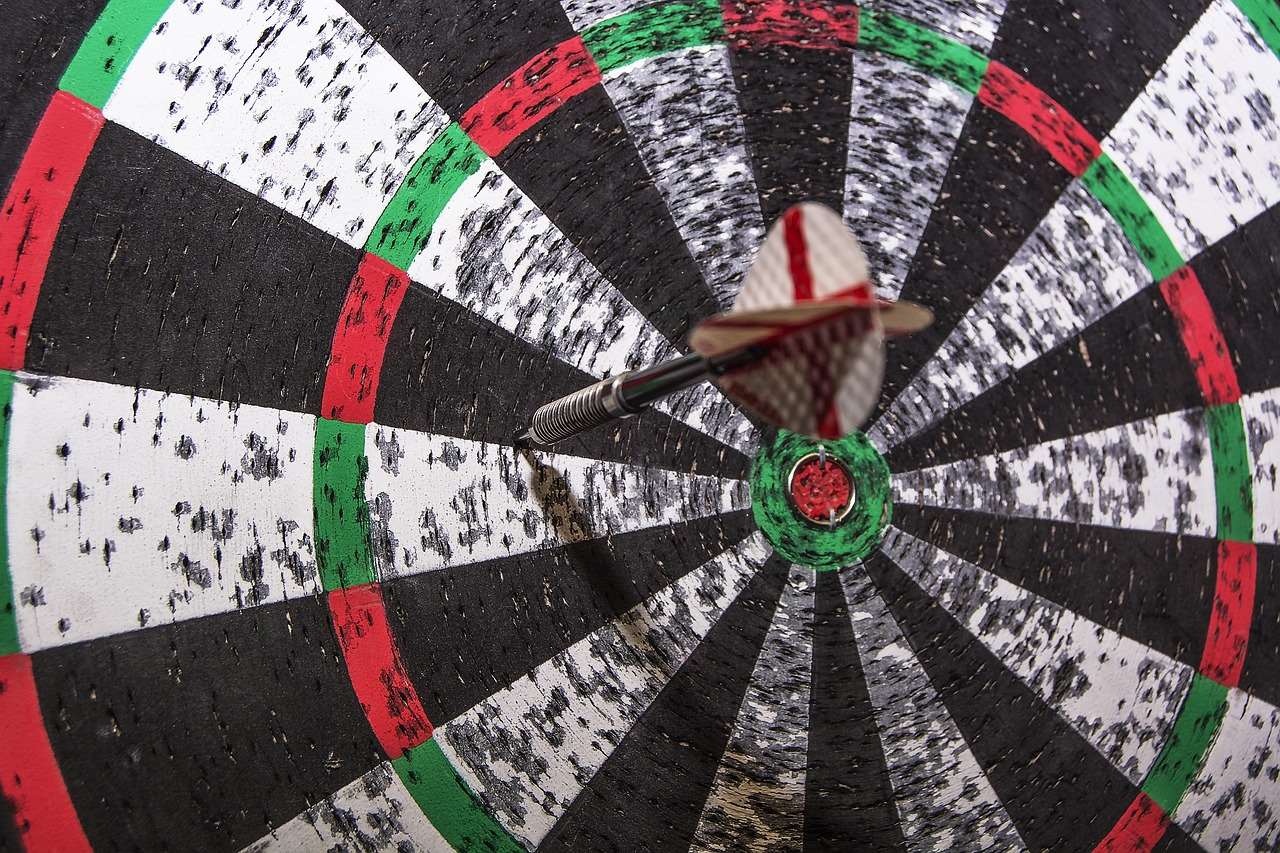
Building Confidence and Resilience
Confidence is essential for success in darts. Believe in your abilities and maintain a positive attitude, even when facing setbacks. Consider the importance of Darts Culture and community.
- Celebrate Small Wins: Acknowledge and celebrate even small successes to build confidence.
- Learn from Mistakes: View mistakes as opportunities for learning and improvement, rather than dwelling on them.
- Focus on Your Strengths: Remind yourself of your strengths and successes to boost your confidence.
- Surround Yourself with Positivity: Spend time with supportive and encouraging teammates.
Beyond the Basics: Advanced Metrics and Analysis
While the basic elements of the Pub Darts League Standings provide a good overview of team performance, delving into more advanced metrics can offer deeper insights. These metrics can help you identify areas for improvement and gain a competitive edge.
Checkout Percentage
Checkout percentage is the percentage of times you successfully finish a leg when you have a checkout available (i.e., a score that can be reduced to zero with three darts or less). A high checkout percentage indicates a strong ability to close out games.
First 9 Dart Average
The average score achieved with your first nine darts is a good indicator of your scoring consistency. A higher first 9 dart average suggests a strong ability to set up checkouts effectively.
DartConnect and Other Tracking Tools
Utilize apps and online platforms like DartConnect to track your stats, analyze your performance, and identify trends. These tools can provide valuable data that you can use to improve your game.
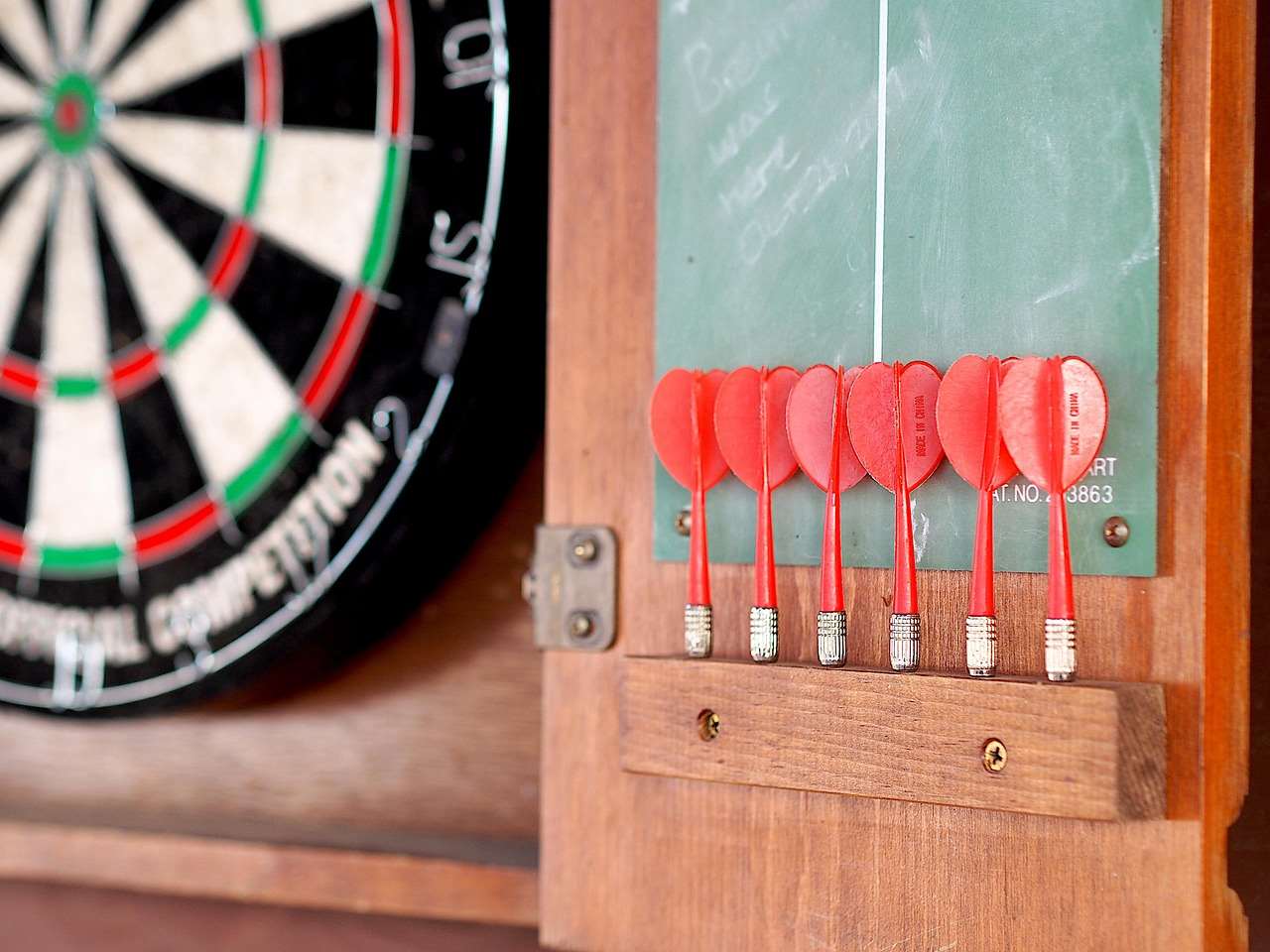
Using Data to Tailor Your Practice
Instead of just throwing darts aimlessly, use the data you collect to tailor your practice sessions. For example:
- If your checkout percentage is low: Focus on practicing your doubles and bullseyes.
- If your first 9 dart average is low: Work on improving your scoring consistency.
- If you’re struggling against a specific type of opponent: Practice against players with similar styles.
Organizing Your Own Pub Darts League: Setting Up the Standings
So, you’re inspired to start your own Pub Darts League? A crucial aspect of any successful league is how you manage and present the Pub Darts League Standings. Here’s a step-by-step guide:
Choosing a Standings System
Decide on the system you’ll use to calculate points and rank teams. Common options include:
- Simple Win/Loss: Easy to understand and implement.
- Win/Draw/Loss: Adds an extra layer of complexity and can be more fair in some situations.
- Points for Legs: Encourages teams to compete in every leg, even if they’ve lost the match.
Selecting a Platform for Tracking Standings
Choose a platform to record match results and generate the Pub Darts League Standings. Options include:
- Spreadsheet Software (e.g., Excel, Google Sheets): A versatile and customizable option for smaller leagues.
- Dedicated League Management Software: Provides more advanced features, such as automated standings calculations, player profiles, and scheduling tools.
- Online League Platforms: Many websites offer league management tools that can be customized to fit your needs.
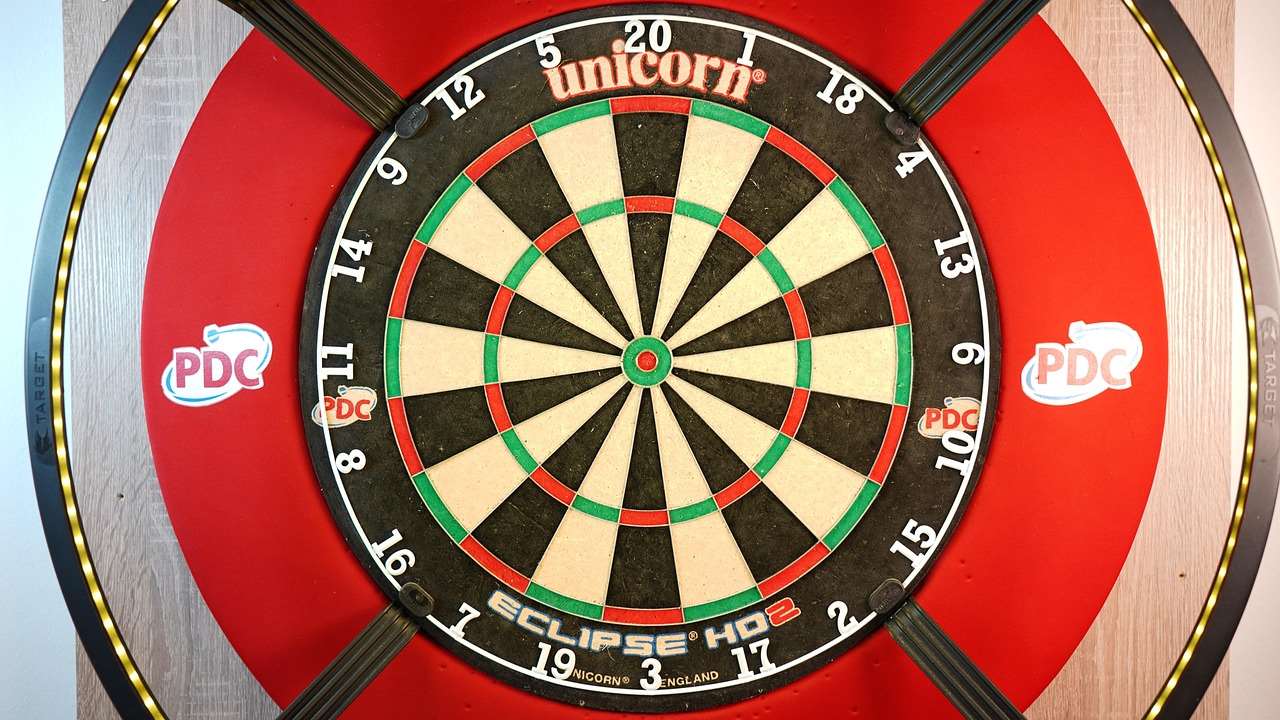
Transparency and Communication
Ensure that the Pub Darts League Standings are easily accessible to all participants. Regularly update the standings and communicate any changes or updates to the league rules. Consider sending out a weekly newsletter highlighting key matches and player performances. Attend some live darts events to observe how professionals handle the game.
Conclusion: Mastering the Pub Darts League Standings
From understanding the basic metrics to leveraging advanced analytics and psychological strategies, mastering the art of Pub Darts League Standings is about more than just knowing who’s on top. It’s about understanding the game, improving your skills, and building a strong team. By using the strategies outlined in this article, you can gain a competitive edge, climb the ranks, and enjoy a more fulfilling darts league experience.
Now that you’re armed with this knowledge, it’s time to put it into practice! Analyze your team’s performance, identify areas for improvement, and start strategizing for your next match. Remember, consistency, dedication, and a positive attitude are key to success. So, get out there, throw some darts, and climb those Pub Darts League Standings!
Hi, I’m Dieter, and I created Dartcounter (Dartcounterapp.com). My motivation wasn’t being a darts expert – quite the opposite! When I first started playing, I loved the game but found keeping accurate scores and tracking stats difficult and distracting.
I figured I couldn’t be the only one struggling with this. So, I decided to build a solution: an easy-to-use application that everyone, no matter their experience level, could use to manage scoring effortlessly.
My goal for Dartcounter was simple: let the app handle the numbers – the scoring, the averages, the stats, even checkout suggestions – so players could focus purely on their throw and enjoying the game. It began as a way to solve my own beginner’s problem, and I’m thrilled it has grown into a helpful tool for the wider darts community.